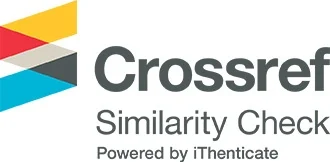Study of carcinogenicity, Toxicity, and alterations of metal binding domains to susceptible value of experimental bacterial strains of some currently used antibiotics.
DOI:
https://doi.org/10.65137/lmj.v5i1.91Abstract
The antibacterial effect of metal-based drugs has been reported in a number of publications. Copper phenanthroline complex has antibacterial activity against P. aeruginosa (Geraghty et al., 1999). Ames test for detection of carcinogenicity of 1,10-phenanthroline-5,6-dione and metal complexes using Salmonella typhimurium to determine the level of mutagenicity associated with metal binding domains (MBDs) was used in this study. Effect of MBDs on some strains of Gram-positive and Gram-negative bacteria was examined. The study determined the MIC90 of MBDs on bacteria and compared the effect with some currently used antimicrobial drugs. The effect of sub MIC90 concentrations of MBDs on the tolerance of bacteria to antibiotics was examined.
The aim of this work was to define the antibacterial activity of 1,10-phenanthroline, metal salt and metal complexes against a range of Gram positive and Gram negative bacteria. MIC90 value of metal-based drugs was determined against 7 type of bacteria and the viability of Gram negative and Gram positive bacteria was studied to determine the effect of MBDs on bacterial viability. Six types of currently used antibiotics were tested against each bacterium to determine the MIC90 and whether the metal based drugs altered the susceptibility of bacteria to antibiotic was investigated using microdilution toxicity assay.








